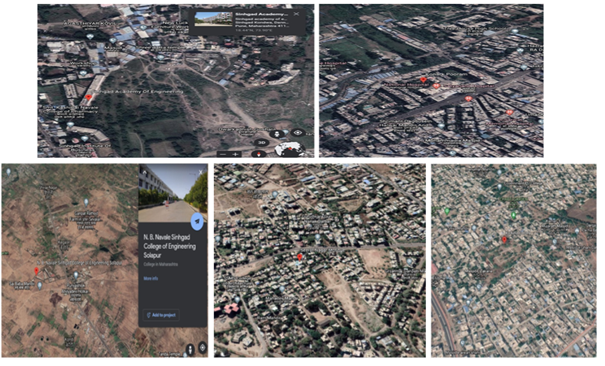A Multi-dimensional Real World Spectrum Occupancy Data Measurement and Analysis for Spectrum Inference in Cognitive Radio Network
Main Article Content
Abstract
Spectrum Inference in contrast to Spectrum Sensing is an active technique for dynamically inferring radio spectrum state in Cognitive Radio Networks. Efficient spectrum inference demands real world multi-dimensional spectral data with distinct features. Spectrum bands exhibit varying noise floors; an effective band wise noise thresholding guarantees an accurate occupancy data. In this work, we have done an extensive real world spectrum occupancy data measurement in frequency range 0.7 GHz to 3 GHz for tele density wise varying locations at Pune, Solapur and Kalaburagi with time diversity ranging from 2 to 7 days. We have applied maximum noise (Max Noise), m-dB and probability of false alarm (PFA) noise thresholding for spectrum occupancy calculations in all bands and across all locations. Overall occupancy across these locations is 37.89 %, 18.90 % and 13.69 % respectively. We have studied signal to noise ratio (SNR), channel vacancy length durations (CVLD) and service congestion rates (SCR) as characteristic features of measured multi-dimensional spectrum data. The results reveal strong time, spectral and spatial correlations of these features across all locations. These features can be used for a multi-dimensional spectrum inference in cognitive radio based on machine learning.
Article Details
How to Cite
Naikwadi, M. H. ., & Patil, K. P. . (2022). A Multi-dimensional Real World Spectrum Occupancy Data Measurement and Analysis for Spectrum Inference in Cognitive Radio Network . International Journal of Communication Networks and Information Security (IJCNIS), 14(2), 244–260. https://doi.org/10.17762/ijcnis.v14i2.5516
Issue
Section
Research Articles

This work is licensed under a Creative Commons Attribution-NonCommercial-ShareAlike 4.0 International License.

